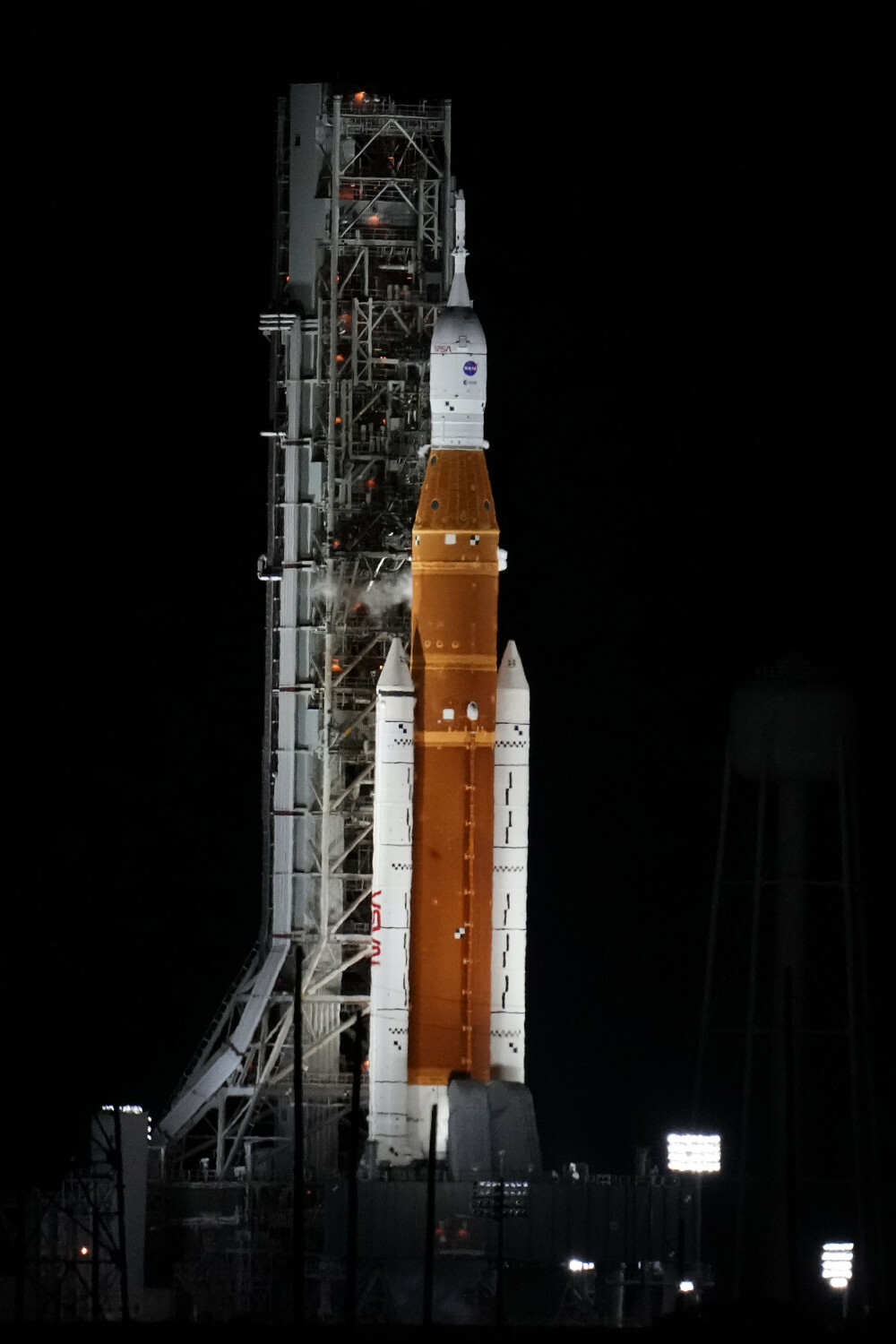A set of detectors for ionising radiation developed at the Institute of Nuclear Physics of the Polish Academy of Sciences (IFJ PAN) in Krakow will be used during the Artemis I space mission. The results of the measurements will enable the determination of the doses and nature of the radiation to which the astronauts will be exposed during the flight to the Moon.
Artemis is a US spaceflight programme carried out by NASA, private companies, and international partners – including the European Space Agency. This is the first of the flights that are expected to lead to the return of astronauts to the Moon and, later, the establishment of a permanent base there.
During the test flight, tests will be carried out to determine the astronauts’ exposure to cosmic radiation. Two realistic models of the human body – phantoms (named Helga and Zohar), equipped with a significant number of different detectors for ionising radiation have been placed in the areas normally designated for the crew.
Coordinated by the German Space Research Centre, the MARE experiment involves several scientific institutions from around the world, including scientists from the Department of Radiation Physics and Dosimetry of the Institute of Nuclear Physics of the Polish Academy of Sciences.
The team from the Institute of Nuclear Physics of the Polish Academy of Sciences developed and provided a set of thermoluminescent dosimeters and innovative nuclear particle track detectors. After the Orion capsule returns to Earth, these dosemeters will be analysed in the laboratories of the IFJ PAN. The obtained measurement results, combined with those of other research teams, will allow determination of the doses and nature of the radiation to which astronauts will be exposed during the flight to the Moon.
The next mission – Artemis II – will already be a manned one. Four astronauts will fly around the Moon at an altitude of 8900 km above the surface. Then, under the Artemis III mission, a landing on the lunar surface is planned.
Arkadiusz Słomczyński





